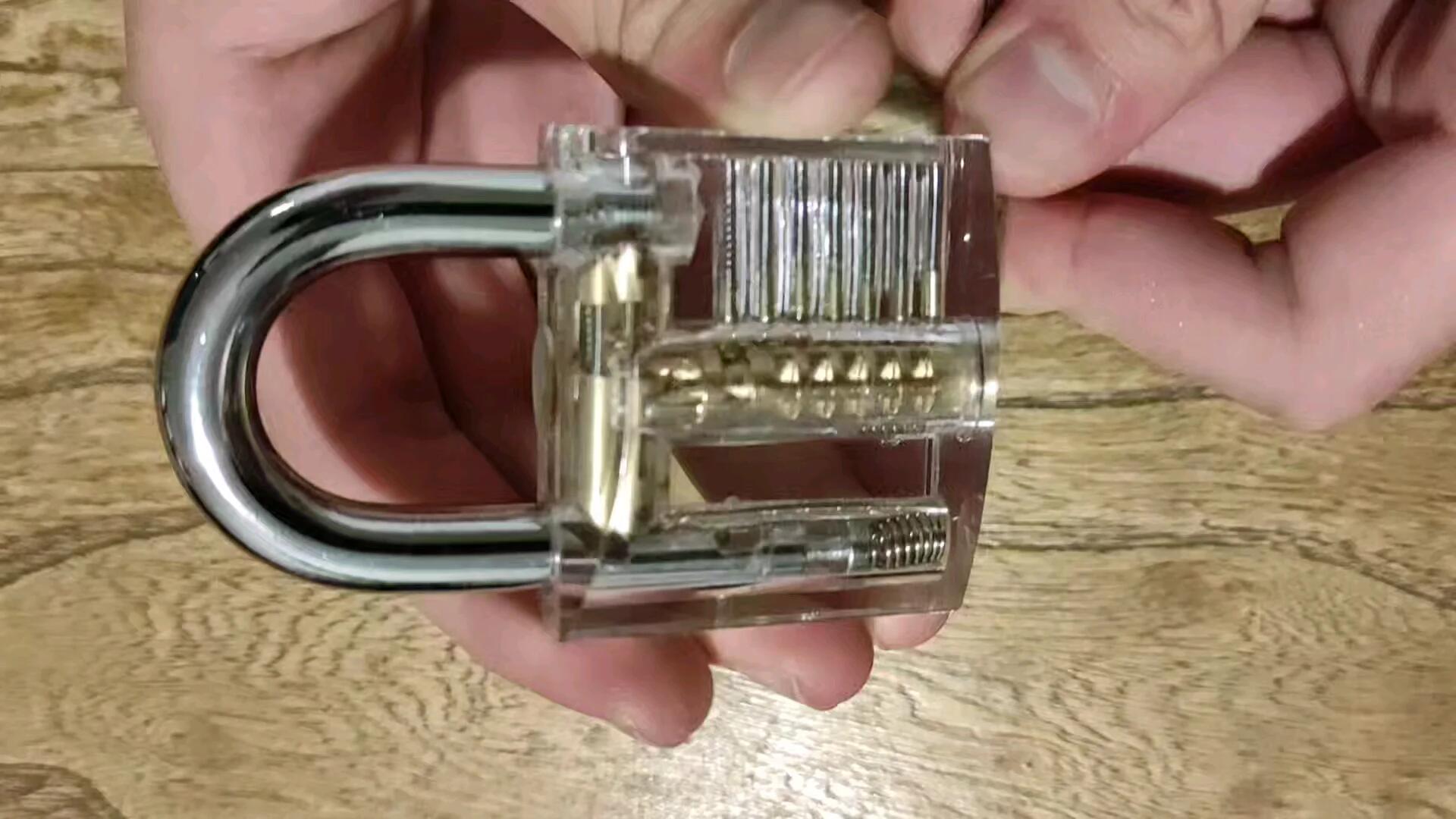One very significant fact can make or break your learning lockpicking successfully if you are new to the craft and are thinking about obtaining a clear lock for your first practice lock. The best clear training locks are those that have no Transparent lock. There are two extremely important uses for these clear locks before we delve further into how they can impede your ability to learn and advance your lockpicking abilities. They’re excellent at demonstrating how a specific tool impacts a lock’s internal components and are terrific visual aids for comprehending and discussing how locks and lockpicking function. At lockpickmall.com, you can also purchase enough Lock Picking Tools for a set of transparent practice locks.
Any kind of clear plastic lock might be detrimental to your lockpicking development and practice for two main reasons:
Lockpicking, in the first place, is about creating patterns based on the feedback we get from the lock and the senses we employ to get that feedback. These patterns become incorrect and warped when we build them with feedback and feel they cannot be applied to actual locks.
Second, locks are only conundrums. A puzzle’s answer becomes more dependent on memory than on skill the more often we solve it. We lose our capacity to solve the challenge using the feedback that would be available for a genuine lock when we employ visual cues to unlock a lock. Also, we undermine our capacity to create the foundation for two crucial abilities: the development of the key lockpicking senses and the capacity to mentally map what is happening inside the lock (touch and sound).
Poor behavior
The primary risk posed by clear locks is their full distortion of our perception of the feedback the lock is providing, such as vibrations or clicks. In essence, learning to recognize patterns is all there is to lockpicking. Our understanding of how to pick a lock and how feedback and hints fit into that process is fundamentally captured in lockpicking patterns. when we first discover lock-picking techniques. We have no precedent or model to guide our behavior. As we fiddle around, we begin to sense input and, in a clever manner, advise us what to do next, but we haven’t had enough experience to properly interpret or contextualize it yet.
At some point, we begin to organize this input into patterns, and rather than just experiencing feedback, we begin to actively seek out particular feedback. For example, if we comprehend the pattern of picking a lock, we know what feedback to seek out next. Now, if the entire process of comprehending input is distorted, if we build our models using data that is not available to us, then the entire process disintegrates.
Visual feedback
Whilst vision is not a skill necessary for picking locks, it is a sense that is more significant than any other. We utterly distort our perception of the data and cues that the locks provide us when we train ourselves to detect them using the visual support.
strange feedback
There are several differences between real and plastic locks, including the materials they are composed of, the method they are put together, and the tolerances that are included. As a result, the feedback we receive from these locks differs between the two, including the resistance required to lift the binding pin, the vibratory and tactile click of the setting pin, and even the sensation of pulling the core. Beginning with plastic locks might be confusing and even frustrating because genuine locks work differently from plastic locks.
Check out our fantastic variety of Locksmith Tools at lockpickmall.com if you’re curious about lockpicks.

